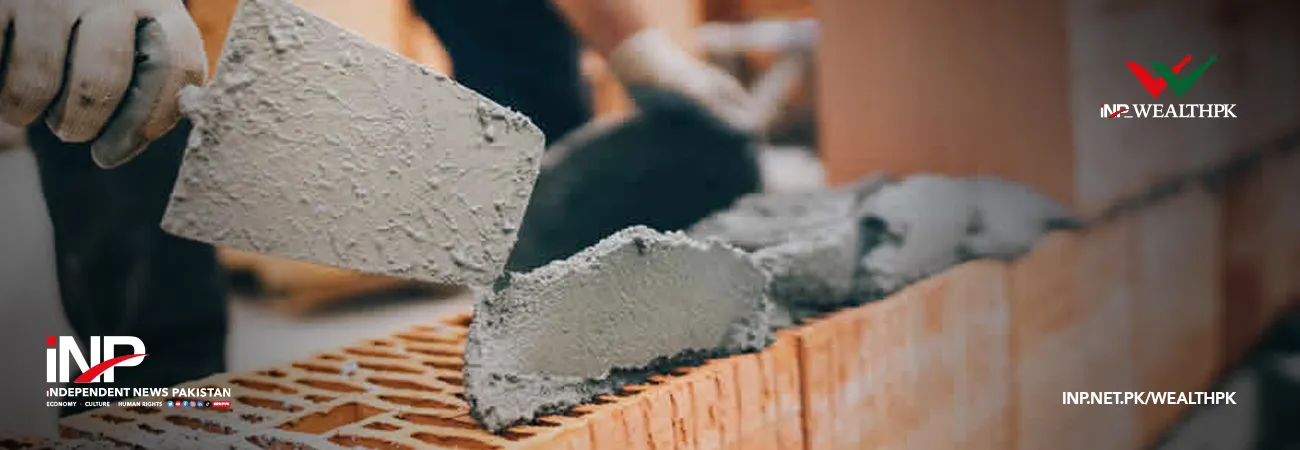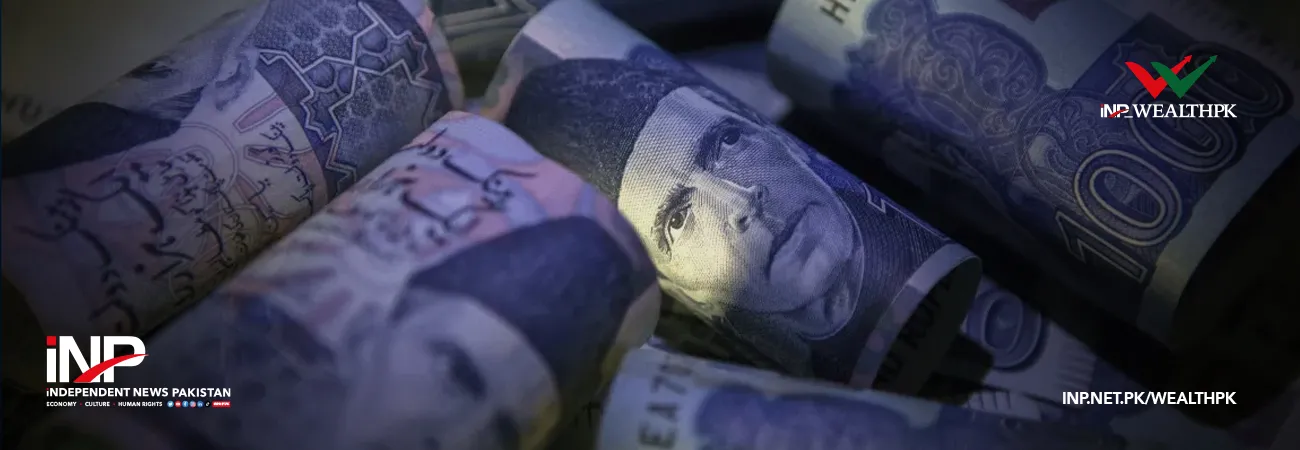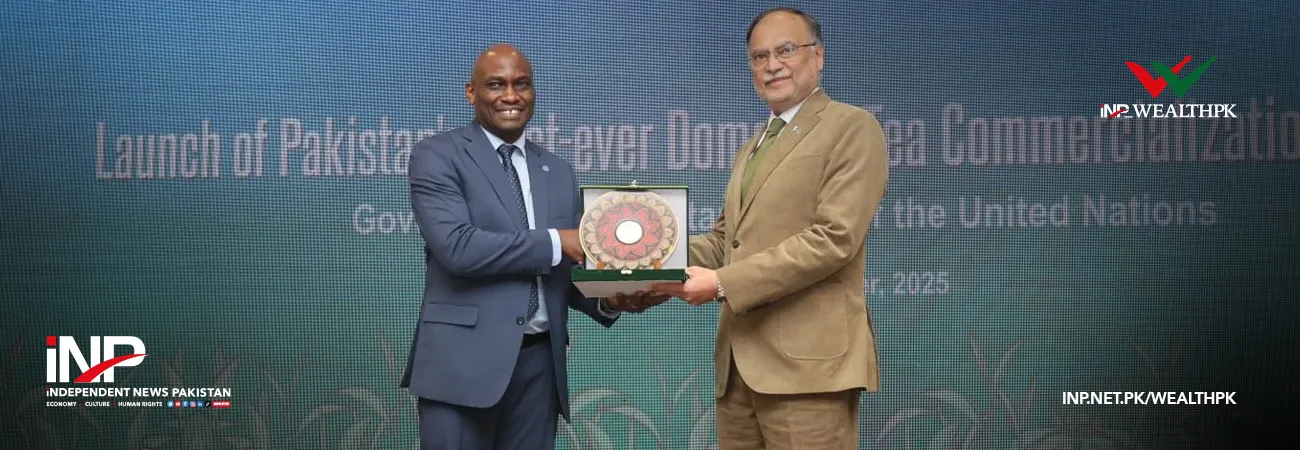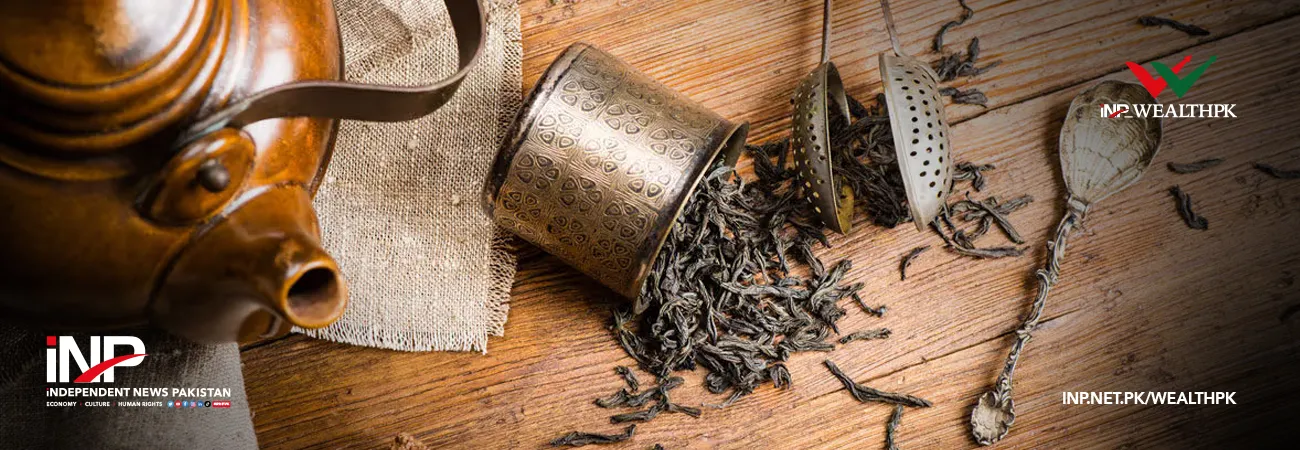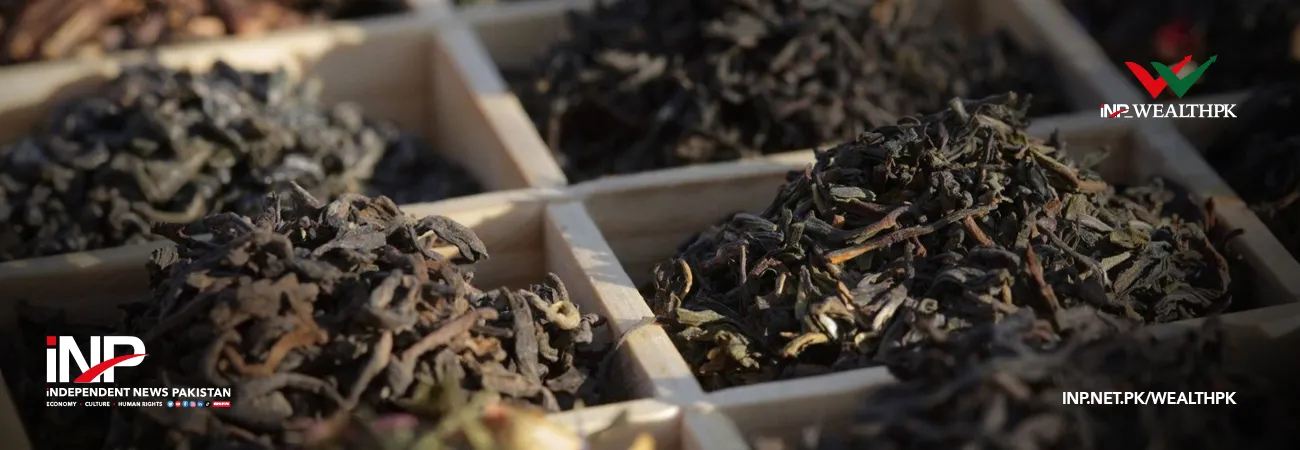INP-WealthPk
Ayesha Saba
Growth in cement exports is a welcome development, and it should serve as a catalyst for broader trade policy reforms aimed at creating a more predictable and supportive export environment to not only help sustain this sector’s momentum but also set a precedent for growth in other non-traditional exports.
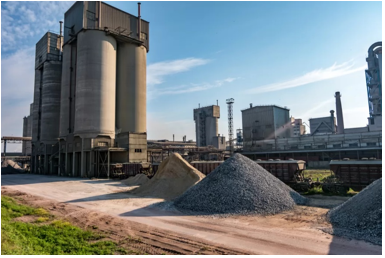
According to data released by the Pakistan Bureau of Statistics (PBS), cement exports recorded a substantial increase of 21.60% during the first 11 months (July-May) of FY25, reaching $287.95 million compared to $236.80 million in the corresponding period of the previous year.
On a year-on-year basis, cement exports in May 2025 stood at $34.24 million, reflecting a 6.15% increase over May 2024. Additionally, a significant month-on-month growth of 44.80% was observed, with exports rising from $23.64 million in April 2025.
It is worth noting that overall exports grew by 5.15% during July-May FY25, reaching $29.56 billion as compared to $28.12 billion in the same period last year. Meanwhile, imports increased by 7.50% from $49.82 billion to $53.55 billion over the same period.
An official from All Pakistan Cement Manufacturers Association (APCMA) described the surge in cement exports as a timely development — particularly in light of Pakistan’s ongoing current account challenges and the urgent need to enhance foreign exchange earnings.
Speaking to WealthPK on condition of anonymity, he noted that the increase in cement exports reflects the competitiveness of Pakistan's manufacturers in the global market, but this momentum is fragile and requires targeted policy support to sustain.
“A stable and predictable policy environment is critical for export-led industrial growth. Streamlining customs processes, ensuring uninterrupted energy supply at regionally competitive rates, and reducing refund delays will be key to maintaining this export momentum,” he said.
Moreover, he said that export-oriented industries like cement need to be insulated from domestic policy volatility. “Frequent shifts in energy tariffs, changes in sales tax regimes, and delays in refund payments often erode the profit margins of exporters. To sustain this export momentum, the government must treat exporters as strategic partners, not just taxpayers,” he said.
Meanwhile, in an interview with WealthPK, Shamshad Ali, trade policy expert at the Islamabad Chamber of Commerce and Industry, said one of the critical challenges is the high cost of doing business, especially in terms of energy tariffs and inland freight costs. “Without addressing these structural constraints, the current growth may not translate into long-term export competitiveness.”
He also stressed the importance of entering new markets through bilateral trade agreements and regional cooperation mechanisms. “With intense competition from countries like India, Vietnam, and Iran, Pakistani exporters must diversify their market base.”
He said that government-to-government trade diplomacy could enable cement exporters to better access markets in Africa and Central Asia. "We need an aggressive export promotion policy tailored specifically for the cement sector by giving freight subsidies, tax relief on exported units, and supporting modernisation of production lines," he said.
Credit: INP-WealthPk



